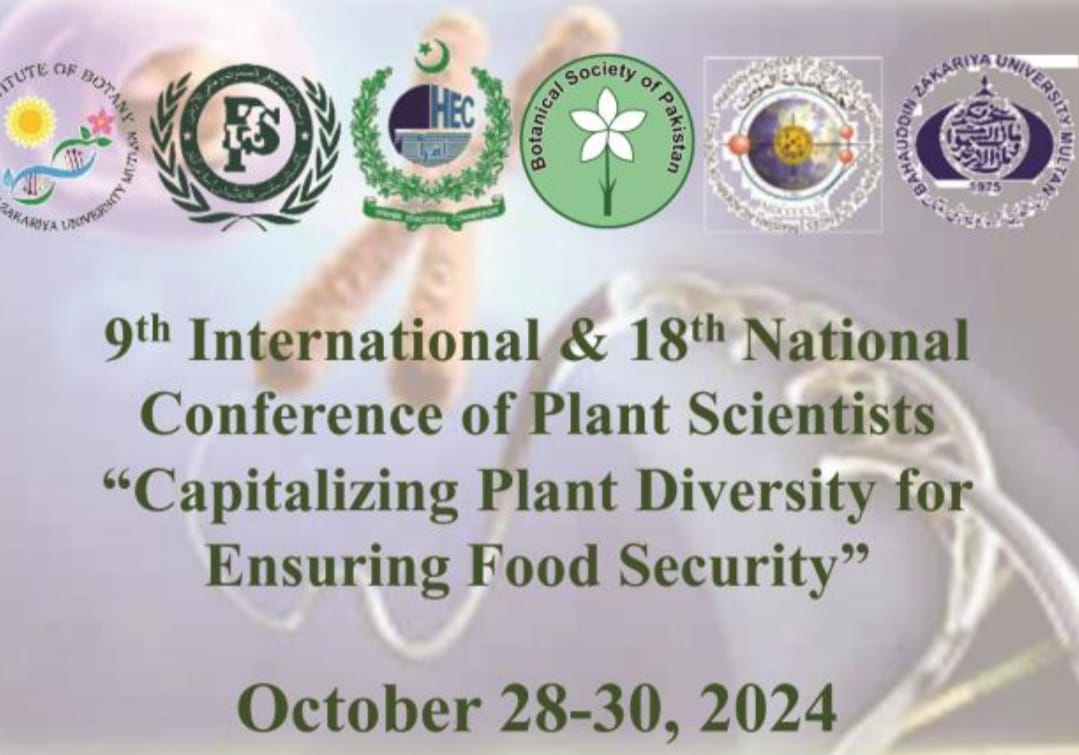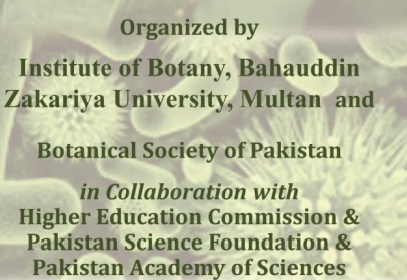PJB-2025-231
Folk Medicinal plants used for gynecological disorders in the Tehsil Kallar Syedan, District Rawalpindi, Punjab, Pakistan
Huma Zareef
Abstract
This research is the first of its own kind conducted to record the native remedial flora utilized by the ten remote areas of Tehsil Kallar Syedan, District Rawalpindi, for the treatment of various gyencological disorders. For this study, an ethno medicinal survey of 10 major remote sites (Saaliyah, Pind Mirgala, Sadda Kamal, Saroha Chaudhrian, Sahib Dhamial, Sakrana, Shah, Khahi, Samote, Mirzan, Takal and Sumbal), was conducted during Januarary 2023 to Januarary 2024. In the current research, the utilization of therapeutic flora meant for the treatment of different gynecological diseases have been documented through interview of 150 informants belonging to diverse age classes (20-80 years) through partially-structured discussions. Native people have much more knowledge regarding uses of remedial flora of the study area for the cure of various gynec diseases especially the old age womewn are more familiar than younger females regarding these medicinal plants because of their more experience and they are much more dependant on these plants for treating different gyencological ailments. During the current research, 60 medicinal flora belonging to 39 families had been recognized. Lamiaceae had been the leading family with 6 species. Similarily, the leading life form had been herbs (28 species) and the mainly commonly employed plant portion had been fruit (17 species). The highest Informant Consensus Factor (ICF) had been documented 1 for sexually transmittediseases as well as 1 for gonorrhea. The highest Consesus Index ( CI%) was 65.3 for Ziziphus spina-christi. Likewise, the highest Cultural Significance Index (CSI) was 7.99 recorded for Nigella sativa. The current study showed that ten remote regions of Tehsil Kallar Syedan have significant diversity of curative plants, and the purposes of therapeutic flora by the native inhabitants of research area for the treatment of different types of gyenecological complaints.Therefore, this research provides a baseline for further pharmacologicalas well as phytochemical screening for the study of their bioactive chemical compunds that will lead to novel drug discovery.
To Cite this article:


